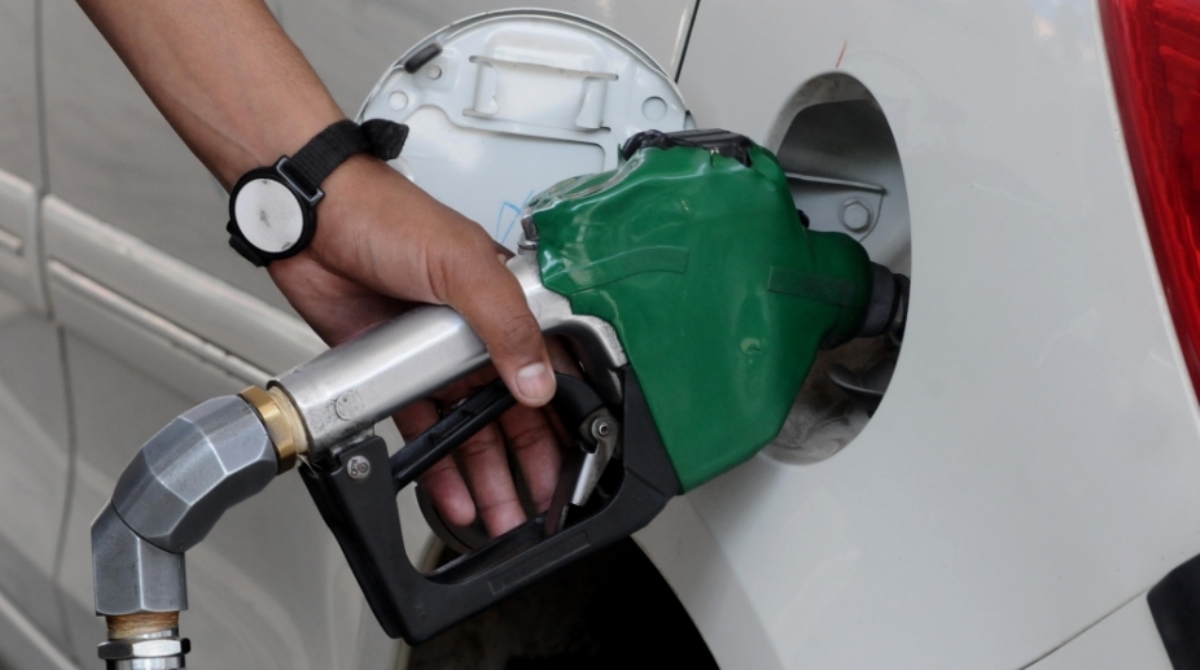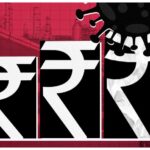|
Getting your Trinity Audio player ready...
|
Hey Readers! You all use a form of transportation to get to work, school, see friends/relatives, and so on. The transportation you use consumes energy in the form of petrol, diesel, and other fuels. Today, I’ll discuss the factors that may contribute to the rise in oil costs and how the Indian economy gets affected by the soar in crude oil prices. How the government can cut down the prices will be mentioned as well. Click the button down at the end of the post to listen to the article!
On June 7, fuel prices in Delhi and Mumbai gained considerable momentum, with petrol costing 94.46 per litre in Delhi and 101 per litre in Mumbai. In the last month, the retail price of fuel has increased by 4%. While many are hopeful that this is really a temporary spike, gasoline is unlikely to get significantly cheaper this year.
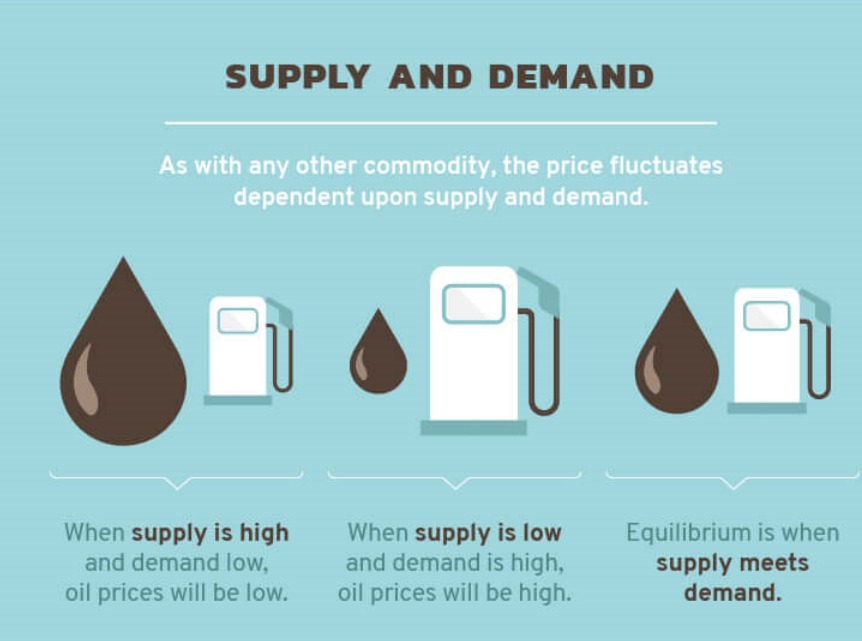
The net effect of rising fuel costs — or if they remain high for an extended period of time — is negative for the economy since the ripple effect can raise the cost of other goods. As a result, during the bio-monthly monetary policy update on June 4, RBI governor Shaktikanta Das reaffirmed his plea for a reduction in fuel taxes and charges in order to keep inflation under control.
The final retail price of fuel is determined by a number of factors:
- Fuel prices throughout the country are not uniform:
Fuel costs in the country vary from state to state due to the impact of local taxes such as VAT and freight charges. Rajasthan, for example, has the country’s highest value-added tax (VAT) on oil, followed by Madhya Pradesh. The most expensive fuel and diesel in the country were found in the Sri Ganganagar district of Rajasthan, at Rs 102.70 per litre and Rs 95.06 per litre, respectively.
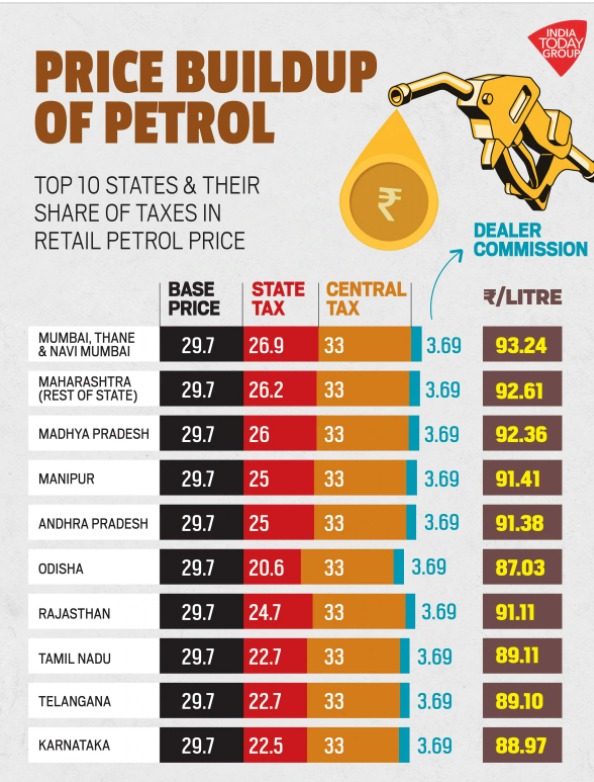
- Taxes and levies imposed by the central government
Another reason to blame for the increase in fuel prices is the excise tax levied by the Central and provincial governments. It’s worth noting that the Centre and states have collected a total of Rs 14 lakh crore under this heading in the last three years. The central government has changed how these taxes are distributed to the states, implying that the government now gets a larger piece of the pie and states are now in a fiscal bind.
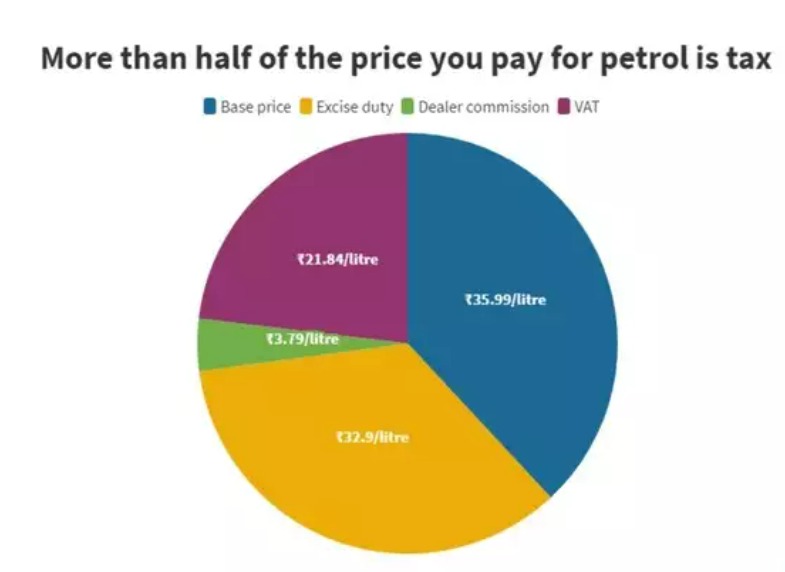
The excise charge + VAT structure the petrol pricing. The state government collects the VAT, but the excise duty is collected by the central government. Central and state taxes account for 60% of the retail selling price of petrol and over 54% of the retail selling price of diesel. Petrol has an excise fee of Rs 32.90 per litre, while diesel has an excise duty of Rs 31.80. Out of the ₹100, you’re paying per litre of petrol, nearly ₹60 is going to either the central or state government. Petrol and diesel are two of the most heavily taxed goods in the country, and they aren’t covered by the Goods and Services Tax (GST). In the six years after the Modi government took office, tax collections on petrol and diesel have increased by more than 300%
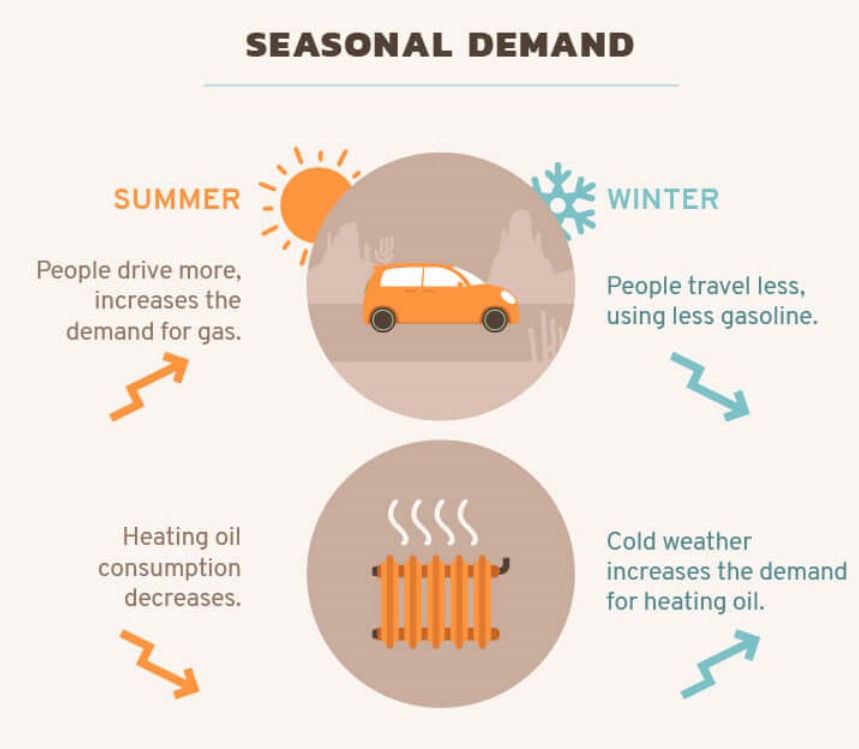
The GST Council may consider adding fuel to the schedule in March, according to Finance Minister Nirmala Sitharaman. However, maintaining the same returns would necessitate a rate greater than 100%. And, at the moment, the GST slabs are 5%, 12%, 18%, and 28%, which is nowhere near what the government can earn under the current system. And, in the aftermath of the COVID-19 pandemic, cash-strapped governments, both state and central, are unlikely to want to give up the valuable tax revenue it generates.
- Organization of the Petroleum Exporting Countries (OPEC)
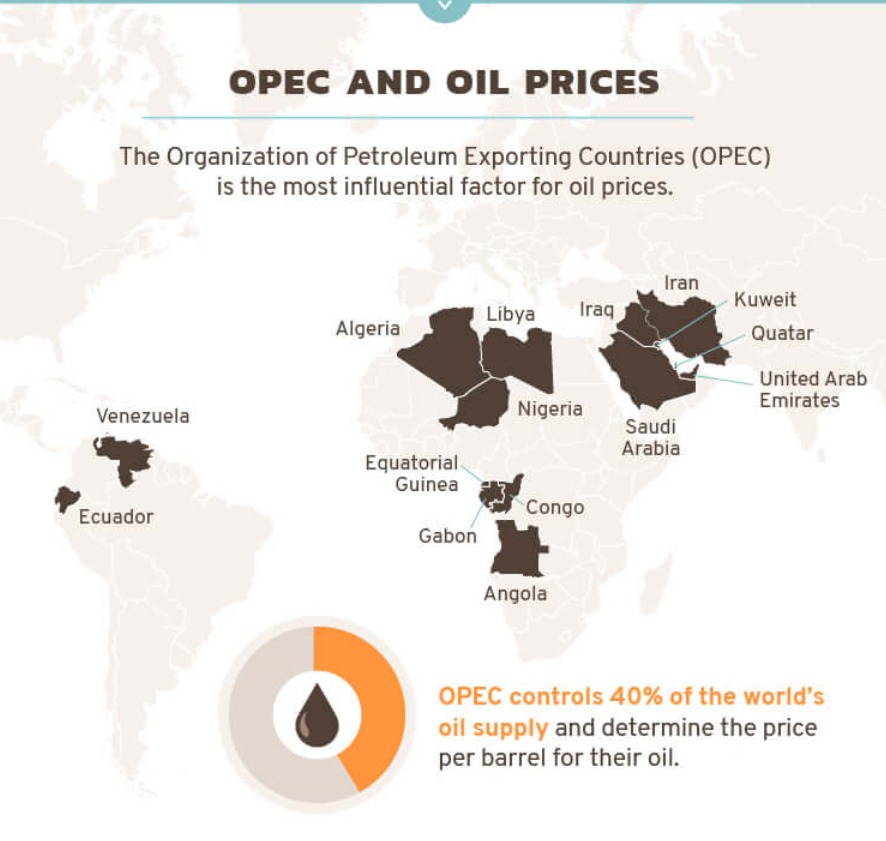
Apart from the central and state government, there is a third party involved as well. There is a global cartel that controls the prices of oil worldwide. This cartel is called OPEC (Organization of the Petroleum Exporting Countries). OPEC controls 75% of the world’s crude oil output. For oil prices, the whole world is at the mercy of these few countries. When for any reason, global oil prices start falling. These reduce the production of oil as well. If there is less oil in the world global prices will increase for sure. OPEC has cut its production by an extra 1 million barrels per day. This will keep the global prices high for the coming times. Saudi is the largest exporter of OPEC. Saudi Arabia biggest oil company is known Aramco. Its IPO came out in late 2019. Saudi Arabia wants to sell some stake in Aramco 2021. Higher oil prices mean more investors will invest in their shares. This is one of the main causes of the surge in oil prices globally and India and many other countries are troubled by this. Though we cannot target external factors for everything.
- The mechanism for determining fuel prices devised by the Finance Commission
According to the Finance Commission, states should get up to 41% of their excise share. However, the Centre receives a larger percentage of taxes as a result of the cess, leaving states with no choice but to impose/raise their own fuel taxes. The states’ finances are drained by the loss of excise, which, along with GST obligations, forces them to levy additional state excise tax and VAT.
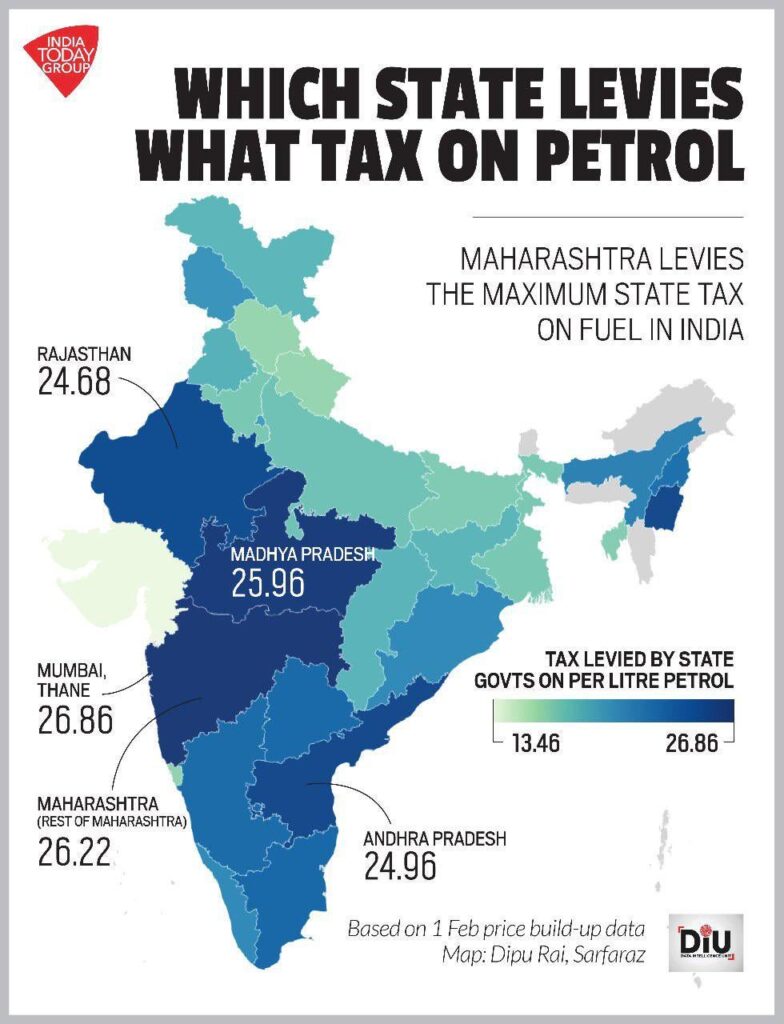
6. Even if oil prices do not rise, a stronger dollar may cause India’s prices to rise.
Dollars are used to purchase oil. India uses the rupee as its currency. Even if the price of oil does not change in the worldwide market, a higher dollar means India will have to pay more for the same amount of oil. Even if the total price of oil is declining, a higher dollar makes paying for oil in rupees more expensive. In 2021, the average rupee/dollar exchange rate is 74.13. As a result, the higher the dollar’s value, the more importers must pay for crude oil (or for any commodity for that matter).
Effects of rising crude oil prices on the economy:
- Impact on stocks:
A lot of Indian companies depend on healthy crude oil prices. This includes tyre, lubricants, footwear, refining and airline companies. The profitability of these companies is adversely affected due to higher input costs. This could negatively impact stock prices in the near term. On the other hand, oil exploration companies in the country could benefit from a rise in oil prices.
- Higher prices: adverse impact on fiscal deficit:
India imports 1.5 billion barrels of crude oil each year. This comes up to around 86% of its annual crude oil requirement. So, the surge in crude oil prices could increase India’s expenditure, thus adversely affecting India’s fiscal deficit – the difference between the government’s total revenue and total expenditure. A fiscal deficit indicates the amount of money the government has to borrow to meet its expenses. A rise in fiscal deficit could negatively affect the economy as well as markets.
- Impact on inflation:
Oil is a very important commodity and it is required to meet domestic fuel needs. And in addition to that, it is a necessary raw material used in several industries. An increase in the price of crude oil means that would increase the cost of producing goods. This price rise would finally be passed on to consumers resulting in inflation.
These are some of the effects the Indian economy might face.
How can the government reduce crude oil prices?
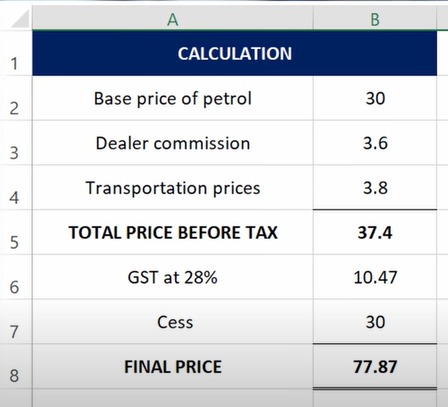
One of the best ways to cut down fuel prices is to bring petrol and diesel under GST. The basic problem which we are facing is that we pay tax on tax for fuel. Excise duty for the central government and vat for the state and this pressure is falling on a common man. Even the RBI’s monetary policy says that fuel prices must be cut down. Out of the excise duty collected by the central government, they will give 41% of it back to the states for their spending. SBI’s report says that if petrol and diesel are brought under GST, then the price of petrol will go down to Rs 75/l and diesel to Rs 68/l. This way prices will become more uniform and transparent. You can see the calculation on the right-hand side. Doing this might reduce the amount of money state and central government earn, which might be a drawback.
I hope you know the reason behind the surge in crude oil prices and found this post interesting as well as knowledgeable! Let me know in the comments. Stay tuned for the upcoming posts!
This information is correct and factual to the best of the author’s knowledge, but it is not intended to replace formal, customized advice from a competent professional. This content is not plagiarized, and it is not intended to offend anyone’s feelings.
